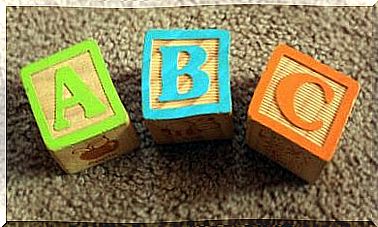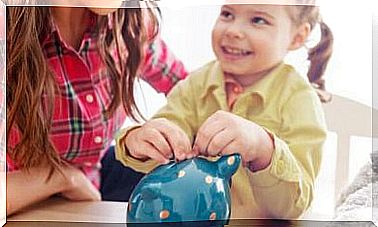5 Tips For A Good Afternoon Nap

Establishing a routine and sticking to it is one of the best tips you can implement to get your child off to a good nap. For children, it is extremely important to follow a time, in which routines are clearly established.
Babies, like most living things, are deeply routine. Therefore, it is the mothers, in the role of caregivers, who establish how the baby’s routine is carried out. Therefore, schedules must be respected as much as possible.
This does not mean that they are a straitjacket, that they can never be changed. But if any modification to the routine needs to be made, it should be maintained as often as possible.
You, as a mother, can get your child used to taking a good afternoon nap every day and respecting their sleep schedule. In fact, there are scientific studies that show that after eating, the body is more prone to sleep. So usually it won’t be difficult to get your baby used to taking a good nap at this time.
So, after the lunch routine, putting your child to rest is a good tip for him to take a nap. But ideally, this healthy habit of resting during the day does not interfere with nighttime sleep.

Advice for a healthy nap
- Planning a time for your child to take a nap is just as important as respecting it. That’s why it’s important not to use up this rest time with another task. Also, you should not promote activities that are too agitated that can excite your child’s emotions too much before the nap. Otherwise, he’s sure to have trouble sleeping.
- Creating an enabling environment for the child to relax is also critical. When it’s time to rest, to begin relaxation, you can put on quiet music, have a massage, read a story or even carry your child on your lap and sing. You can also provide a stuffed animal or a toy for your child to relate to napping. Because when you do these activities routinely, that is, in the same way and at the same time, you encourage your child to relate them to the time to rest.
- While it’s important for your child to relate the time you’ve chosen for nap to a time to relax, it’s not necessary for you to leave the room dark, simulating the night, so that he can get some rest. In fact, it is very positive that in the place of napping there is little light. This will help the child to differentiate this moment from the night’s sleep. It is also not very positive that there is extreme silence for the child to be able to sleep. Ideally, she should be able to take a quiet nap without changing the general routine of the house too much.
- It is also not necessary for you to put on any pajamas. Doing so can be counterproductive. It is also not mandatory for the child to sleep if he does not want to. It’s more than good to spend a little time resting on the sofa and spend a more relaxed time with the toys.

Positives of taking a good nap
For you, as a mother, getting your child to take a good nap is a victory. Because you can take this time to take a shower, solve a pending task or rest with him for a few minutes. But beyond the strategic point of view, taking a good nap brings benefits to all human beings.
Although many people feel lethargic after getting some sleep in the afternoon, a Berkeley University study says that taking a regular nap makes learning easier. The study says that those who do it earn more in the afternoons and increase their learning capacity by 10%. In addition, sleeping a little in the afternoon helps your child to face new knowledge and fix the ones already acquired.
Sleeping for a few minutes in the afternoon improves the mood. This is because when we sleep, serotonin floods the brain. And serotonin, in turn, is a hormone that regulates sleep, appetite and mood. So when your child takes a good nap, chances are he will wake up with a feeling of satisfaction and well-being.
A child who takes a good nap is a more creative child. This aspect was suggested by a study by a team of neurologists at Georgetown University. The study found that sleeping a little during the day stimulates the activity of the right hemisphere, associated with the ability to be creative.
Science has also shown that people who take a nap and manage to reach REM sleep are more receptive to the facial expression of happiness. Whereas those who do not manifest more anger and fear.
Whenever your child sleeps, your body releases growth hormone. This hormone, in addition to reducing stress and anxiety, helps you to repair your muscles and lose weight.
The benefits that a good nap brings to the body and to the mood are many. Therefore, it is very positive to encourage this habit in your child from an early age.








